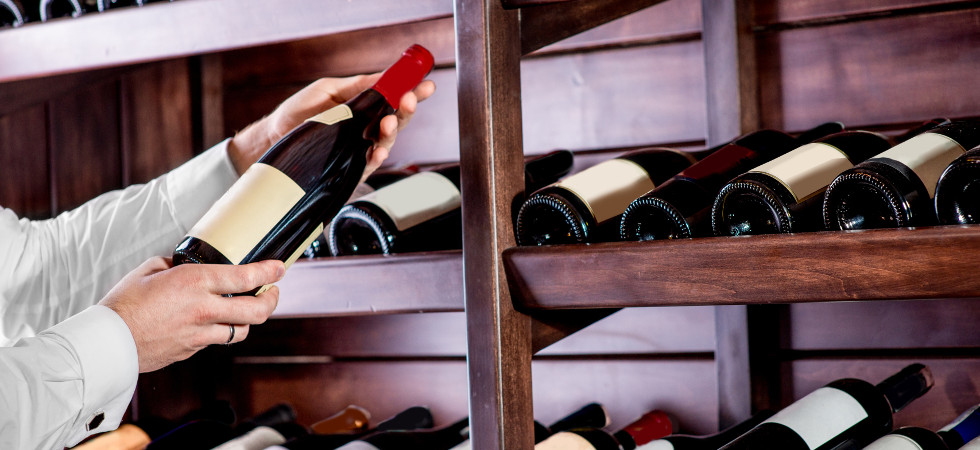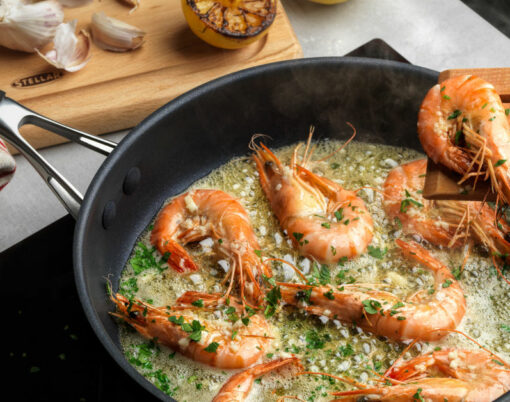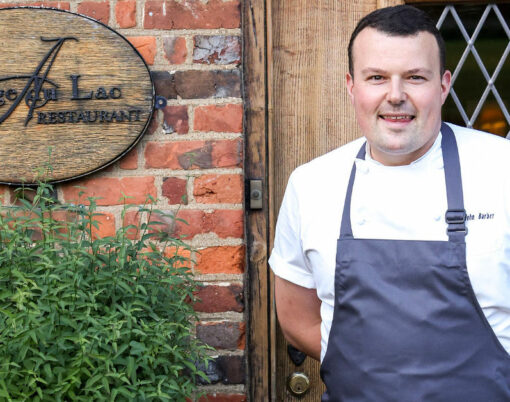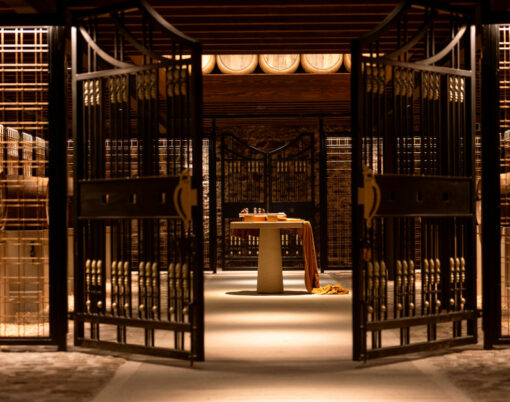Daniel Eros Carnio, the founder and director of Oenofuture, looks at the best ways to invest in the fine wine auction market.
In Hong Kong this March Sotheby’s is set to auction a fabulous single-owner wine collection with a total estimated value of US$19 million and US$26 million. The highest estimated wine collection ever auctioned in the world is attracting huge media attention for the simple reason that wine auctions are big money these days.
In the last year alone Sotheby’s fine wine auction sales exceeded $100 million, while sales from the personal cellar of Robert Drouhin resulted in a new world auction record for a single bottle of wine with $558,000 paid for Romanée-Conti 1945.
If you’re considering investing in fine wine, it really pays to know the ins and outs of the wine auction world. Savvy investors who pick up young wines when they are released by top name wineries can stand to turn significant profits if they store their purchases in optimum conditions and patiently wait until prices have risen before offering them at auction.
For collectors, too, auctions can open up new opportunities for those in the know. The key advantage of buying wine at auction is that it can give you access to rare wines and older vintages that are no longer widely available on the market.
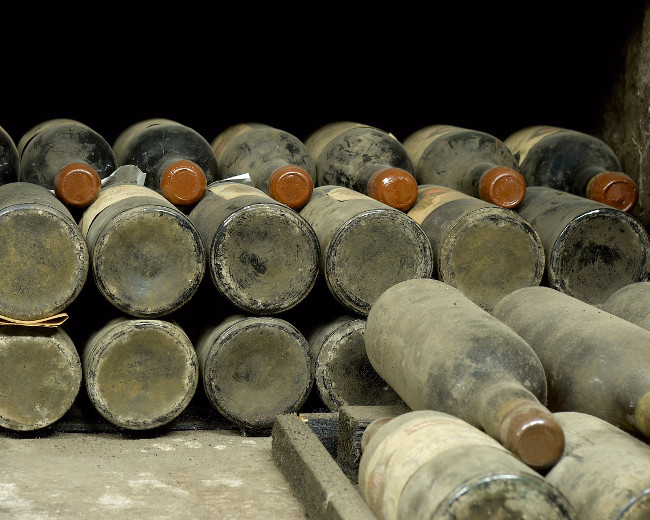
A Short History Lesson
Fine wine auctions haven’t always been the headline grabbing affairs we’re so used to seeing today. Christie’s was founded by Londoner James Christie whose first auction took place in 1776 and included an eclectic mix of items like over three dozen cases of Bordeaux, a pair of candlesticks, and a feather bed. For centuries wine remained an important category for the auction houses, but could hardly be described as their main focus.
This all began to change in 1994 when the city of New York decided to legalize wine auctions, leading to a booming fine wine auction sales on the other side of the pond. Then in 2008 Hong Kong stepped into the frame just in time to carry the industry through the financial crisis. Today the fine wine auction sales are stronger than ever with London, New York, Paris and Hong Kong all competing to bring in multimillion-dollar sales.
How It Works
If you plan to sell wine from your collection at auction or to pick up some mature wines to add to your cellar, it pays to do your research before you enter the saleroom. Typically an auction house will take a commission of around 10% from the seller and a buyer’s premium of 21-23% of the final sale price.
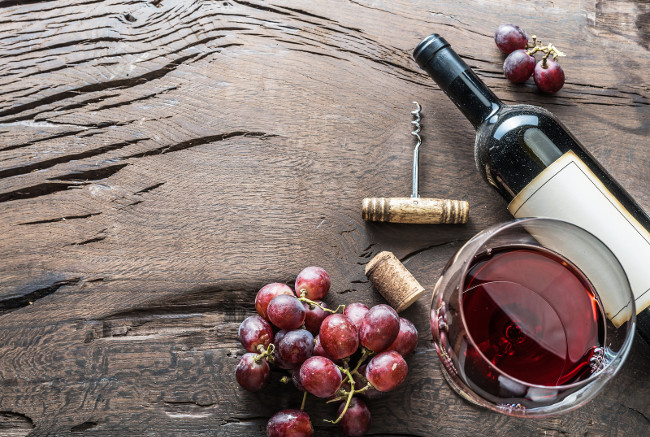
This second point is crucial as if you’re buying wines for investment purposes, you’ll want to factor in the buyer’s premium when you’re considering making a bid. You’ll also need to research the market price for each bottle you’re interested in as well as the catalogue estimates to get a feel for any potential bargains.
If you’re buying simply for the pleasure of drinking delicious mature wines, consider bidding on lots with either stained or slightly torn labels which will can be obtained at lower prices while still delivering the same sensational taste as bottles with neater labels. You can also consider mixed lots which include different wines or different vintages of the same wine which often sell for less.
Online Auctions
As our world changes and technology becomes increasingly entwined with everything we do, online wine auctions are starting to become big business. Today there are dedicated online auction sites like Bid For Wine as well as regular e-auctions held by major auction houses like Sotheby’s and Christie’s which allow you to raise your virtual paddle from the comfort of your sofa.
As with anything you buy online, though, it is prudent to exercise caution. If rare bottles are being sold at ridiculously low prices, chances are they aren’t what they seem to be or they haven’t been stored correctly. Make sure you do your homework when bidding online and if you’re unsure stick to the bigger auction houses like Christie’s and Sotheby’s to avoid nasty surprises.
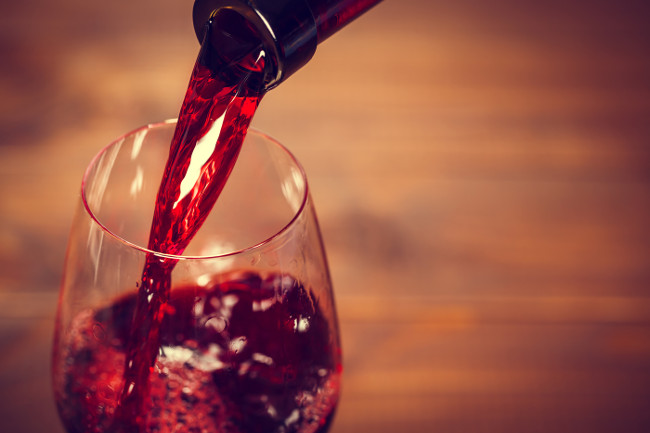
Bordeaux Vs. Burgundy and the Rest of the World
One final consideration for investors is the types of wines that typically do well at auction. As with the wider fine wine market, current trends are showing a continued shift away from traditional Bordeaux producers towards Burgundy, Champagne and other wine producing countries like Spain, Italy and the United States.
According to Sotheby’s 2018 Wine Market Report, average auction bottle prices for Burgundy increased by 65% on the previous year and Bordeaux wine sales fell below 50% of the total for the first time as the market continues to broaden. This trend is big news for investors and points to a very bright future for fine wines from alternative regions.
The world of fine wine auctions can initially seem daunting, but they offer fertile ground for both investors looking to sell and collectors looking for rare bottles. Getting involved doesn’t have to be complicated, especially if you’re willing to try online auctions, and the rewards can be immense as demand for certain producers and regions continues to grow and grow.












